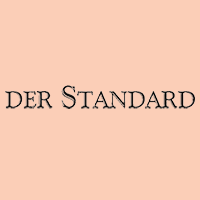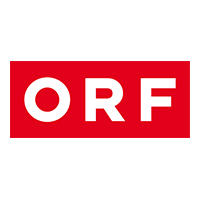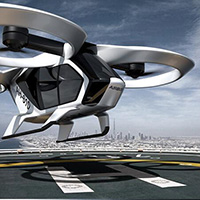What I admire, what inspires me, are organizations and individuals that went beyond their industry’s paradigms to create new frontiers of opportunity.
About Michael
Professor Michael Shamiyeh is an architect in the broadest sense, working with organizations to create a new and meaningful future (rather than fixing the problems of the past).
He combines the client’s unique business experience, analytical rigor, and the output of creative collisions (the clash of multiple perspectives to reframe habitual thinking) to transform insight into impact.
Michael Shamiyeh holds a UNESCO Chair for Anticipatory Techniques and Future Design – one of only a few chairs worldwide on this topic – is partner of the International Board Foundation (ICFCG) that was initially established at the University of St. Gallen, CH, and was a Visiting Professor at the Department of Mechanical Engineering (CDR) at Stanford University, USA, from 2017-2020. Together with both institutions, he founded the Center for Future Design (CFD) – an academic institution for researching and teaching future competence – in Linz. Since 2020, he has also been an Advisory Board Member of voestalpine AG.
He gained more than two decades of international work experience in the field of strategic management and architectural design. He holds degrees from the University of St. Gallen (PhD in Management), Harvard University (post-professional Master’s in Architecture), AA London (MA History and Critical Thinking), and the Technical University of Vienna (Dipl-Ing in Architecture & Engineering).
Michael is an experienced executive educator for large corporations and regularly publishes in journals and popular media. He has published 10 books and writes for the ‘Standard’—Austria’s leading premium newspaper.
The work he and his team have done has won awards, including the highly remunerated ‘Innovation Prize’ (€100,000) from the Austrian Ministry of Science (2009) and the Gold Medal for ‘Best Invention’ from the World Intellectual Property Organization (2010). Recently a work of his was awarded the Green ‘Good Design Award’—the oldest and most prestigious awards program organized worldwide.
He loves to analyze the success and failure of pioneers (and their enterprises) and communicate findings appropriately for different audiences. Among others, he directed a film and exhibition project on Porsche’s most important innovation strategies, uncovered Kodak’s true challenge in managing disruption through his several years of research, and he delved deeply into the nature of Silicon Valley’s innovation eco-system.
His research focuses on corporate entrepreneurship, organizational change, strategy development, and strategic foresight.
Michael’s Journey
Everything began with a simple question: Can design, viewed as a creative-analytical activity aiming to transfer a given situation into a desired one, help organizations bring new opportunities to life?
Michael started his career operating within the traditional boundaries of architecture and urbanism with offices in Austria, the Caribbean Islands Trinidad and Tobago, and Croatia. Although the work he and his team have done received international recognition, challenging assignments have led him to go beyond his original domain.
Already back in the mid-1990s, during his time at Harvard University, he was coming to believe that the designer’s mode of operation harbors a strong potential for contemporary managerial practice. Not until a decade later did his thinking gain recognition, which forced Michael to operate in two domains.
In 2006, for instance, Wallpaper Magazine listed him as “one of 101 of the world’s most exciting new architects,” the Architectural Review chose a building he designed as a “key contemporary building of the early 21st century,” and the Financial Times, among others, featured his architectural work extensively. By this time, however, Michael was already giving talks at global management consultancies and business schools.
Since then he has been striving to combine both competencies and has been fortunate to work with world-renowned companies on a wide range of subjects. His multidisciplinary background enables him to see where issues are occurring, to formulate in the sharpest possible way what the issues are, and to develop opportunities to intervene.
Press & Media




